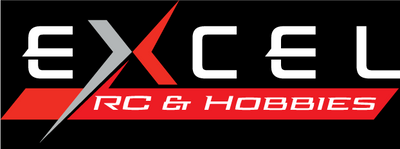MPN: FAN25120
UPC:
EAN:
NEW 2022 IMPROVED CHEMISTRY! LOWER IR, HIGHER CAPACITY, and FLATTER DISCHARGE CURVE!
ULTIMATE POWER! ULTIMATE PERFORMANCE! Now ROAR approved, LiHV batteries provide an extra edge over standard LiPo chemistry, by allowing you to charge them to 4.35 volts per cell, providing you with the ultimate voltage, capacity, and flatter discharge curve! This extra voltage gives you blistering performance on the track! Our LiHV batteries also feature proprietary Silicon Graphene technology, which stabilizes the cells and increases their cycle life & efficiency. For the Ultimate Power and Performance, Fantom Racing Pro HV Silicon Graphene LiHV’s set the standard for high-performance HV technology!
SPECIFICATIONS:
- Capacity @ 7.6v: 4400mAh
- Capacity @ 7.4v: 4050mAh
- 33.44Wh
- Nominal Voltage: 2-Cell (2S), 7.6v
- C-Rate: 130C (continuous)
- Dimensions: (L) 93mm x (W) 47mm x (H) 18.5mm
- Weight: 155 grams average
- Connector Type: 5mm Bullet
- Balance Connector: 2mm Bullet
FEATURES:
- Light Weight.
- Ultra Low Center of Gravity (ULCG), for less chassis roll in the corners.
- Proprietary Silicon Graphene chemistry stabilizes the cells and increases cycle life & efficiency!
- LiHV chemistry provides the Ultimate Voltage, Capacity, and flatter discharge curve!
- If your track only allows charging up to 4.20 volts per cell, the extra headroom puts less strain on your battery for longer cycle life, and they still run awesome!
- The most powerful and fastest 2-Cell LiPo battery we have ever offered in its class!
- Manufactured by the most advanced R/C LiPo-HV battery manufacturer in the world, utilizing state-of-the-art chemistry and manufacturing techniques!
- 5mm High-Amp Bullet Connectors!
- Includes detailed instruction sheet.
- Includes 1 pair of 5mm bullet connectors, one 2mm bullet connector, 1 pair of silicone safety plugs, and charging adapter!
- ROAR APPROVED
IMPORTANT: LiHV batteries are only ROAR legal when charged up to 4.22 volts per cell.
IMPORTANT: This battery requires a charger that is capable of charging up to 8.7 volts (4.35 volts per cell) to obtain the maximum performance out of it.



















